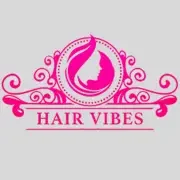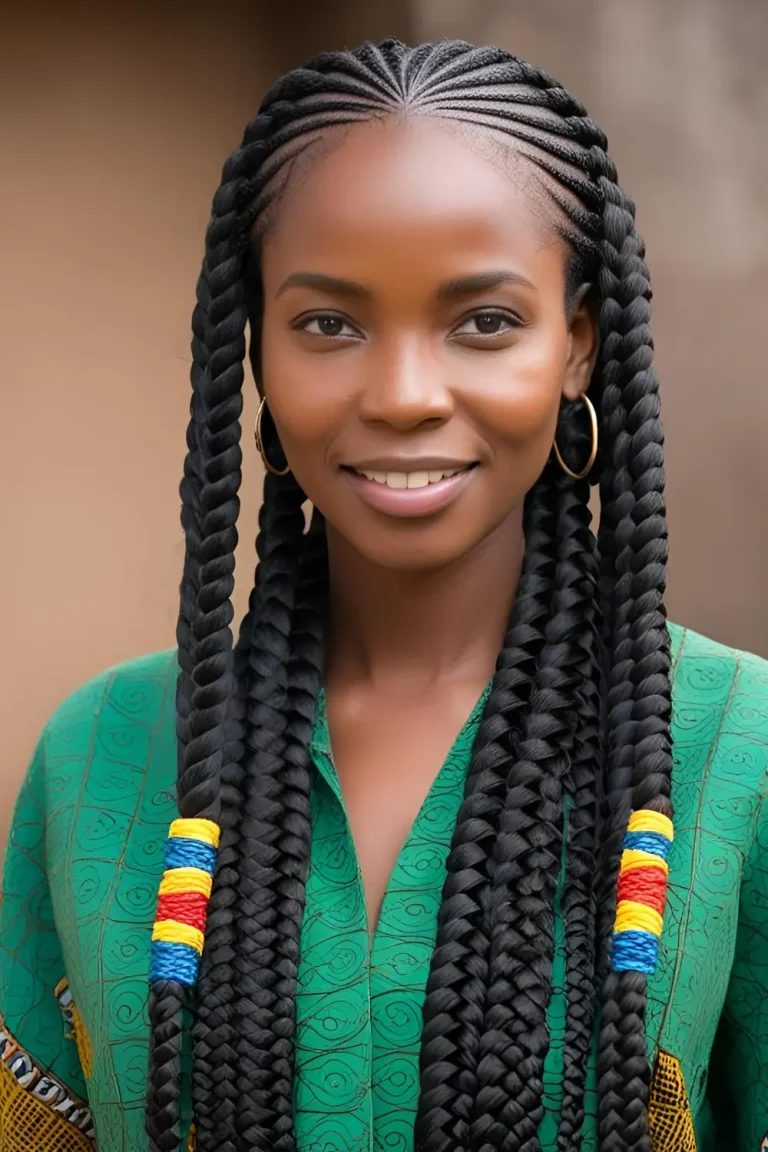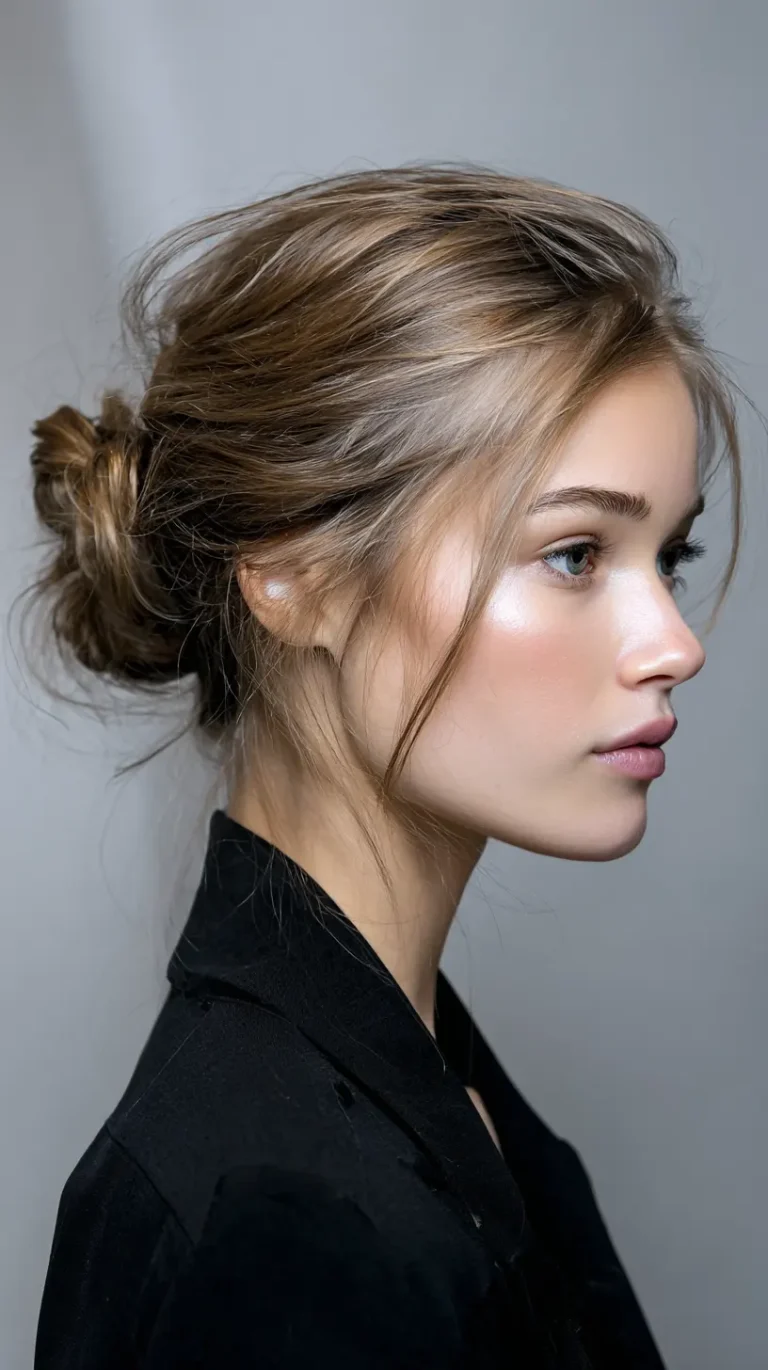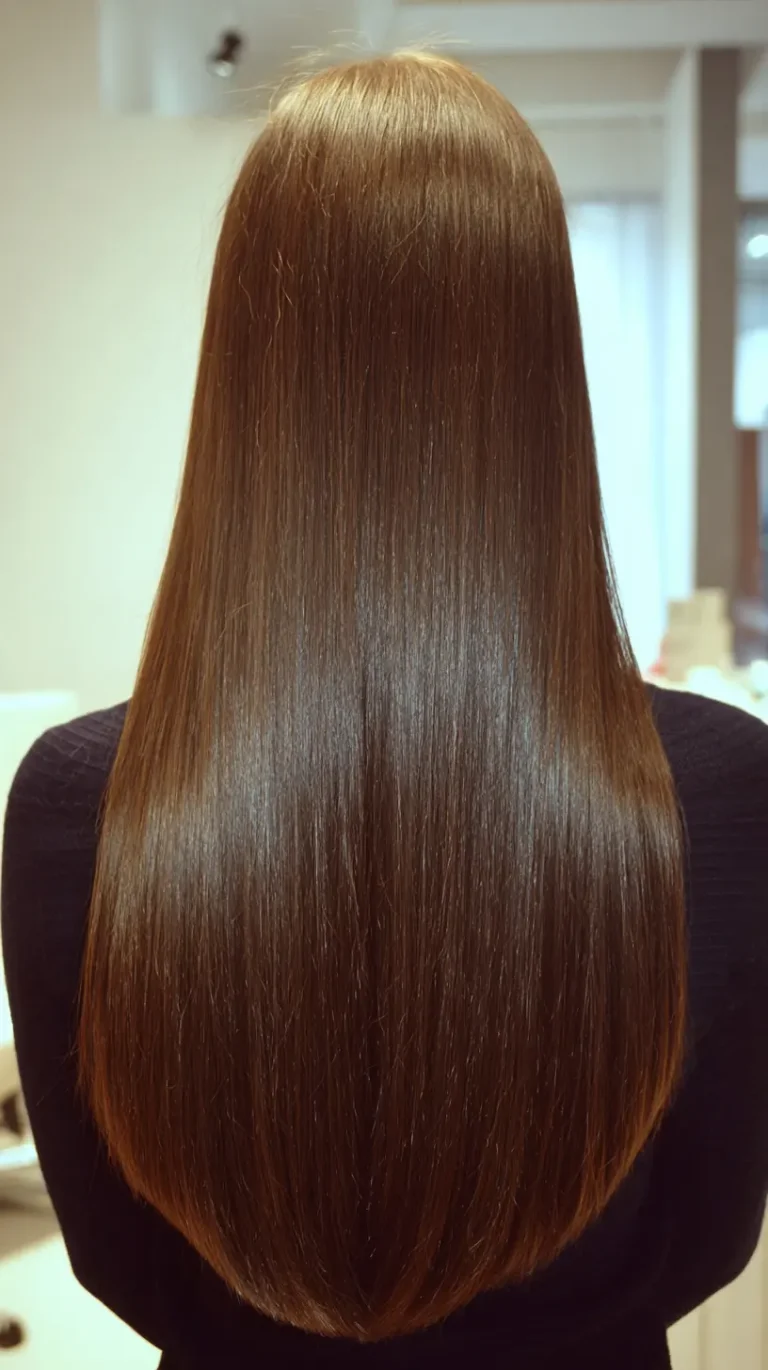13 Cornrows Natural Hair: Embracing Tradition and Style
Cornrows have been an iconic hairstyle for centuries, carrying deep cultural significance that connects generations. More than just a look, cornrows are a form of storytelling and self-expression, especially for those with natural hair. Wearing cornrows not only celebrates African heritage but also serves as a practical, protective style that helps retain moisture, reduce breakage, and promote healthy hair growth. For anyone with natural hair, cornrows provide a versatile and stylish option that can be adapted for everyday wear or special occasions. In this article, we’ll explore 13 beautiful cornrow styles that highlight both tradition and innovation, helping you embrace your natural texture with confidence and pride.
1. Classic Straight Back Cornrows
The classic straight back cornrows are the foundation of this timeless hairstyle. These braids are neatly braided from the front hairline straight to the nape, creating a clean, symmetrical look that works well for all hair types and ages. This style is especially practical because it’s easy to maintain and keeps hair out of the face, making it perfect for busy lifestyles or athletic activities. Additionally, this style evenly distributes tension across the scalp, reducing the risk of damage. The simplicity of the classic cornrow also makes it a great starting point for beginners learning the technique.
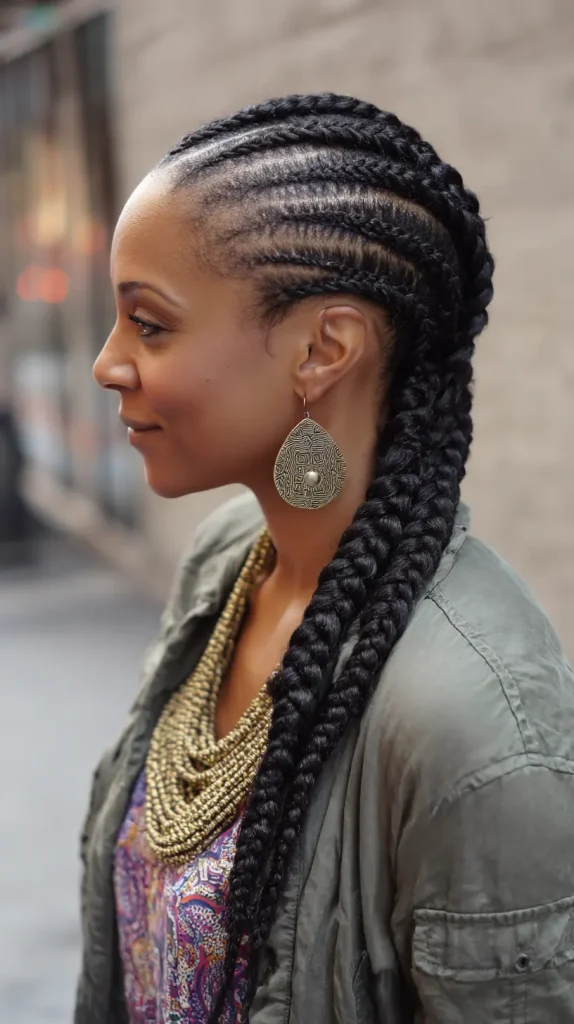
2. Zigzag Cornrows
Zigzag cornrows add an artistic flair to the traditional look by incorporating sharp angles and playful patterns in the parting. Instead of the usual straight lines, the braids follow a jagged path that creates a striking visual effect. This style is perfect for those who want to stand out and make a bold fashion statement. It pairs well with both casual and formal outfits, adding a unique edge to any look. The zigzag pattern can also be customized to suit different face shapes, highlighting your features beautifully.
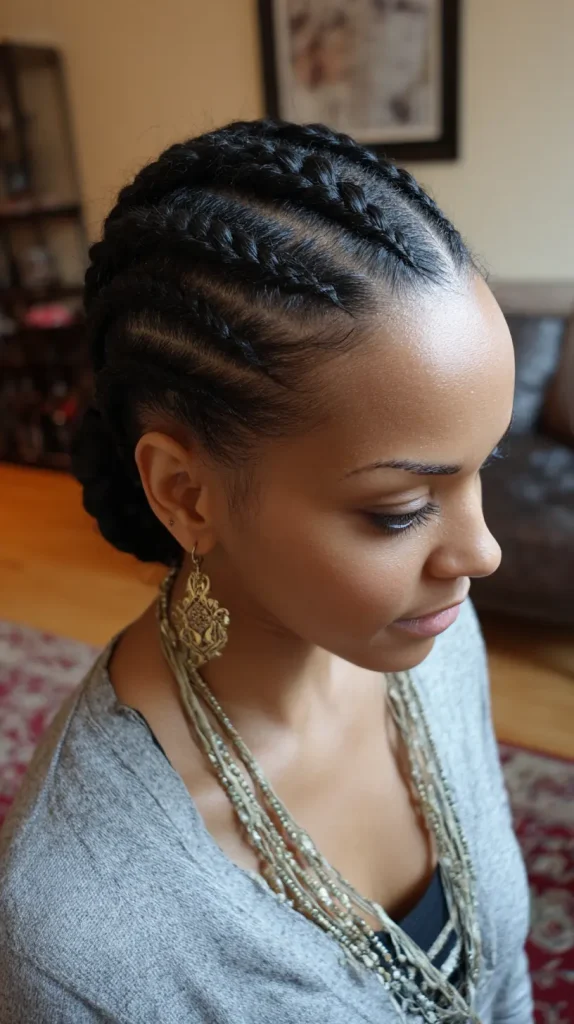
3. Feed-in Cornrows
Feed-in cornrows are a more advanced braiding technique that creates natural-looking braids which gradually grow thicker. This method involves adding synthetic or natural hair strands bit by bit as you braid, allowing for a fuller and longer-lasting style without putting excessive tension on the scalp. This is especially beneficial for people with fine or fragile hair who want to avoid damage. The seamless transition from thin to thick braids gives a very natural appearance, and the style can be adjusted to create different patterns, such as curves or zigzags, adding versatility to your look.
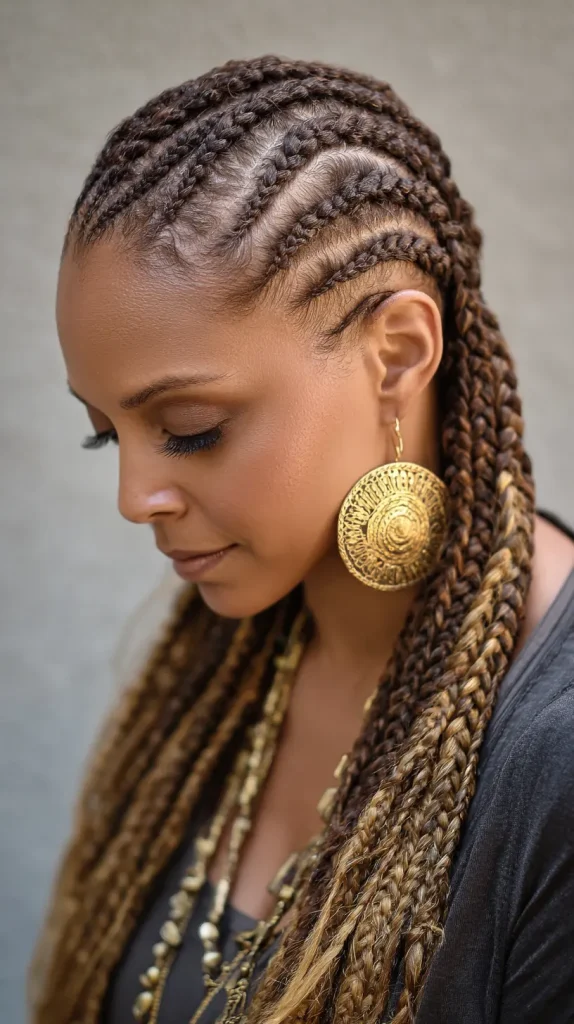
4. Side-Swept Cornrows
Side-swept cornrows start at one side of the head and braid diagonally across to the opposite side, creating an asymmetrical and flattering frame for the face. This style softens the overall appearance, making it ideal for those who prefer a more feminine and delicate look. Side-swept cornrows can also be paired with loose natural hair or curls at the back to add volume and dimension. This style is great for both everyday wear and special occasions because it balances practicality with an elegant, sophisticated vibe.

5. Cornrow Updo
The cornrow updo elevates the traditional braid into something more formal and refined. By braiding cornrows upward toward the crown and then gathering them into a bun, chignon, or twisted style, you can achieve an elegant look that’s perfect for weddings, professional events, or celebrations. This style helps protect your ends by keeping them tucked away and reduces daily manipulation. It’s also a fantastic way to showcase your hair’s natural texture while maintaining a polished appearance that lasts.
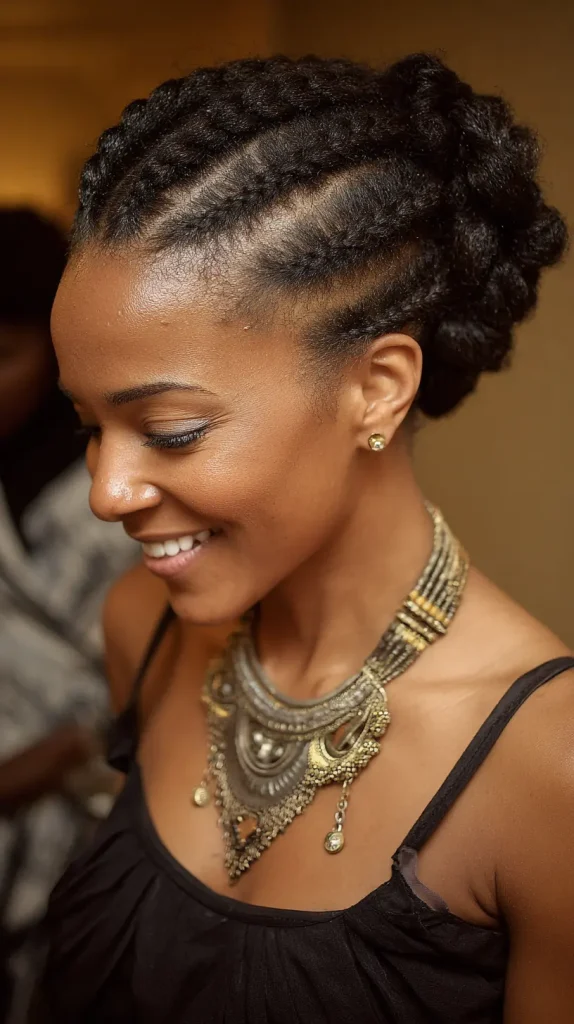
6. Curved Cornrows
Curved cornrows add softness and fluidity to the braided hairstyle by following a natural arc or wave pattern across the scalp. Unlike straight lines, these curved braids mimic the natural shape of the head and create a more artistic and feminine silhouette. This style can be simple or intricate depending on how tight and numerous the curves are. Curved cornrows are especially flattering for round or square face shapes, as they add length and dimension. They’re a beautiful way to express creativity while honoring the traditional art of braiding.
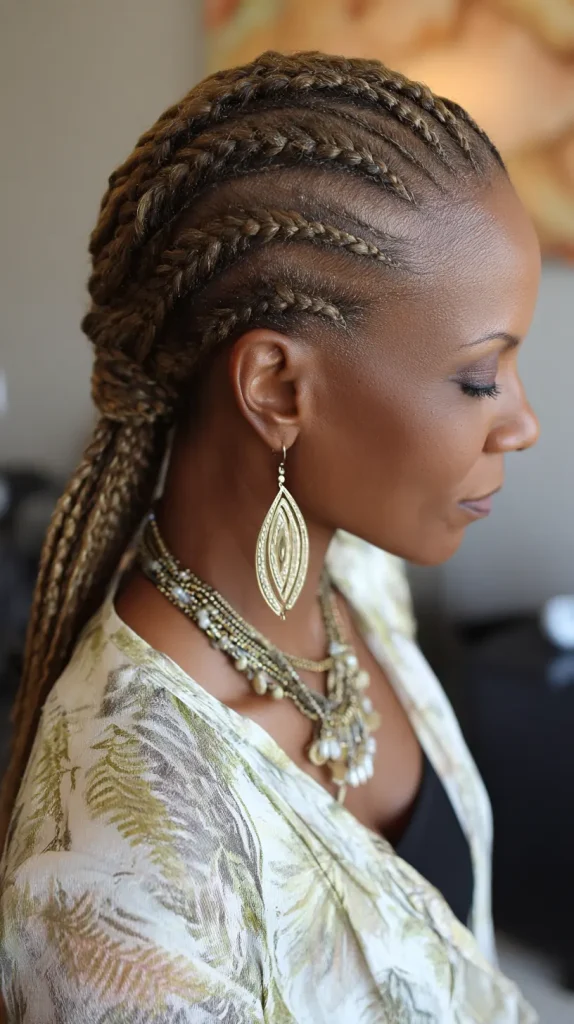
7. Cornrows with Beads
Incorporating beads or decorative hair accessories into cornrows transforms the hairstyle into a cultural statement and a fun fashion accessory. Beads can be added at the ends or along the length of the braids and come in various colors, shapes, and materials like wood, metal, or plastic. This personalized touch allows you to connect with African traditions where beads were used to signify social status, age, or tribe, while also adding a modern, playful twist. Beads can brighten your look, complement your outfit, and make your cornrows feel truly unique.
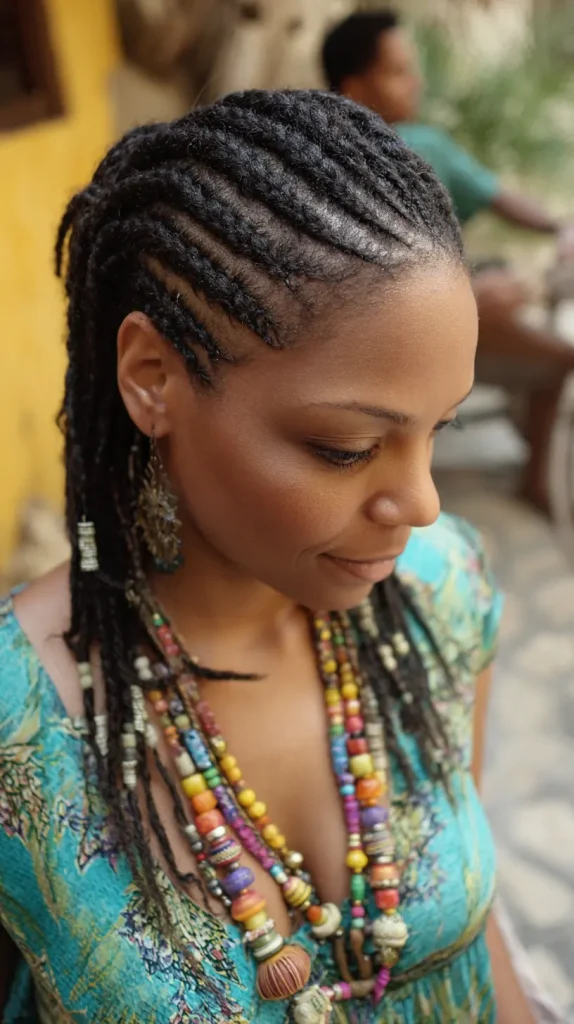
8. Triangle Part Cornrows
Triangle part cornrows use triangular sections instead of the usual straight or curved lines to create a distinctive geometric pattern on the scalp. This design adds a bold, edgy dimension to your hairstyle and showcases the braider’s skill. The triangular parts highlight the scalp, creating a visual break between braids that can be customized with different sizes or colors of parts for added flair. This style is perfect for anyone wanting to push the boundaries of traditional cornrows and express individuality through an avant-garde hair design.
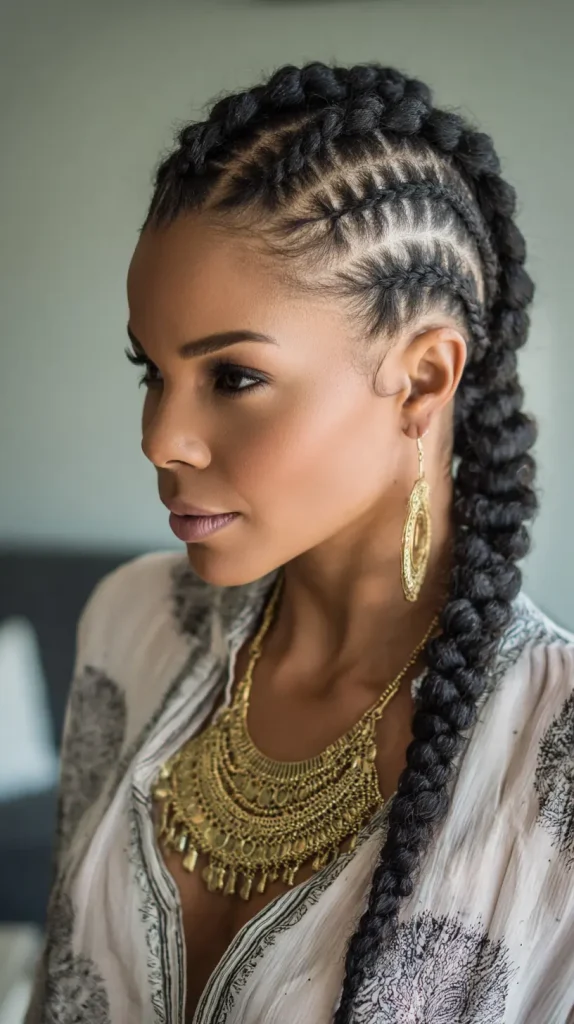
9. Cornrows with Twists
Combining cornrows with twists brings texture, volume, and versatility into one cohesive hairstyle. This hybrid style typically involves braiding cornrows on the sides or scalp while allowing the ends or the top section to be styled into twists or bantu knots. The mixture of tight cornrows and soft twists adds depth and dimension to your hair, making it look fuller and more dynamic. It’s a protective style that safeguards the hair roots while showcasing the natural curl pattern in the twists, ideal for natural hair lovers who want the best of both worlds.

10. Mohawk Cornrows
Mohawk cornrows are a daring and contemporary take on traditional braids. The sides of the head are braided close to the scalp, often in tight cornrows, while the middle section is left loose, styled into curls, twists, or even dreadlocks. This hairstyle radiates confidence and individuality, combining the protective benefits of cornrows with the freedom of natural hair. It’s an excellent style for anyone looking to make a statement, express their personality, or experiment with edgy looks while keeping their hair healthy.
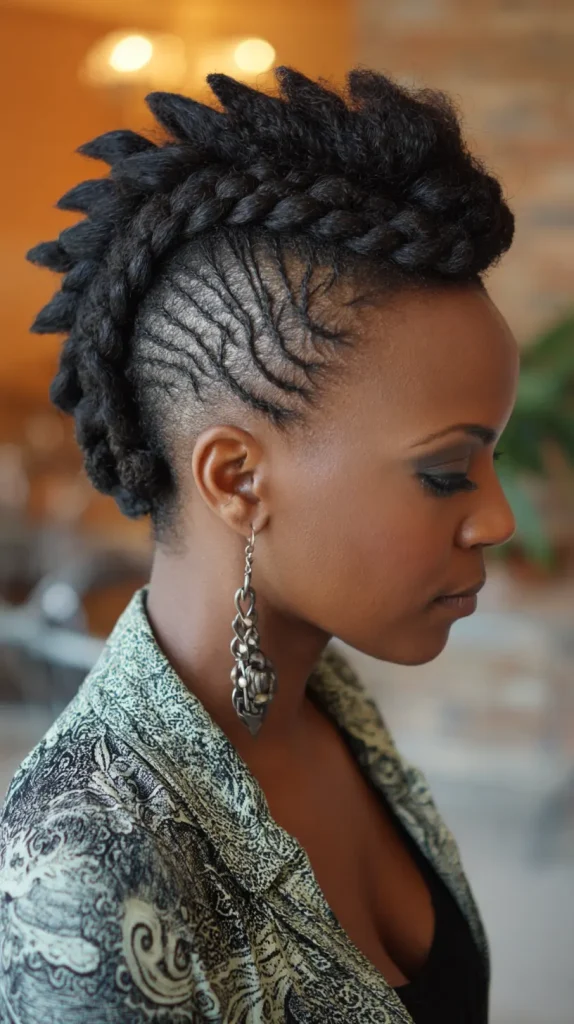
11. Cornrow Crown
The cornrow crown involves braiding cornrows around the perimeter of the head, creating a circular “crown” effect that sits like a halo. This regal style draws inspiration from traditional African headwear and is often worn during cultural celebrations, weddings, or festivals. The cornrow crown frames the face beautifully and pairs well with loose curls or waves at the back, creating a balanced and elegant appearance. Beyond its beauty, this style protects the hair and can be accessorized with flowers, beads, or metallic cuffs for an even more majestic look.

Frequently Asked Questions (FAQs)
Are cornrows good for natural hair?
Absolutely. Cornrows are one of the best protective styles for natural hair. They help lock in moisture, reduce breakage caused by daily styling or environmental stressors, and encourage healthy growth. However, it’s important to ensure that the braids are not too tight to avoid scalp tension or traction alopecia.
How long do cornrows typically last?
Cornrows generally last between 1 to 3 weeks, depending on hair type, care, and lifestyle. With proper maintenance—like regular moisturizing, wearing a satin bonnet at night, and avoiding heavy products—you can keep your cornrows looking fresh longer.
Can I cornrow my hair by myself?
While simple cornrows can be done at home, more intricate styles like feed-in or zigzag cornrows usually require practice or a professional stylist to achieve a neat finish. It’s worth investing in a skilled braider, especially for complex patterns, to protect your hair and scalp.
Do cornrows cause hair loss?
If done improperly or too tightly, cornrows can cause tension on the scalp that may lead to traction alopecia, a form of hair loss. To prevent this, make sure braids are snug but not painful, avoid keeping them in for extended periods, and give your scalp time to rest between styles.
How do I care for my cornrows?
Keep your scalp hydrated by applying light oils like jojoba or castor oil. Cleanse your scalp gently with diluted shampoo or cleansing sprays to avoid buildup. Cover your hair with a satin scarf or bonnet while sleeping to reduce friction and preserve the style.
Conclusion
Cornrows are a beautiful fusion of culture, art, and hair care, offering a way to celebrate natural hair while protecting it. The 11 cornrow styles presented here highlight how versatile and creative this traditional hairstyle can be—from simple, everyday looks to elaborate and elegant designs. Each style honors the deep roots of cornrowing while inviting modern interpretations and personal flair. Embracing cornrows means embracing a legacy of strength, resilience, and beauty. With proper care and styling, cornrows not only look fantastic but also support the health and growth of your natural hair. Celebrate your roots, express yourself, and enjoy the endless possibilities cornrows bring to your natural hair journey.
